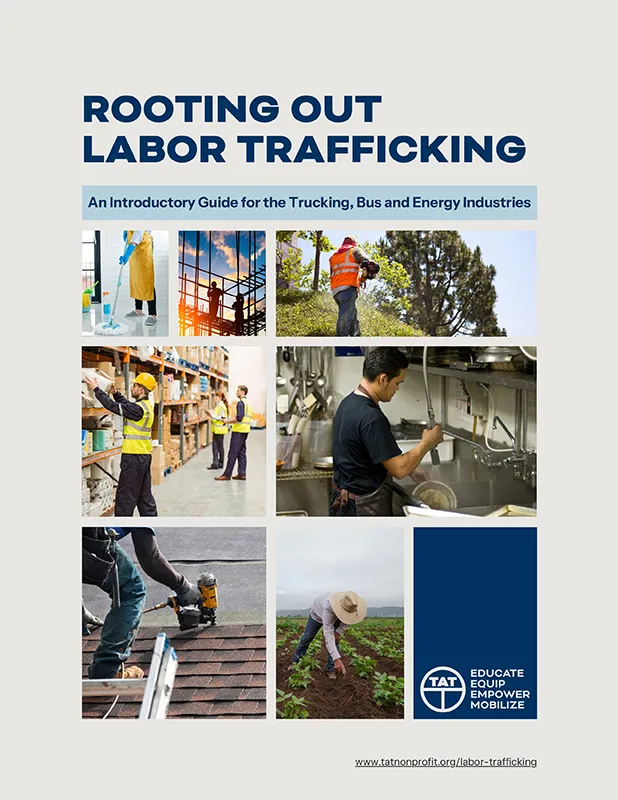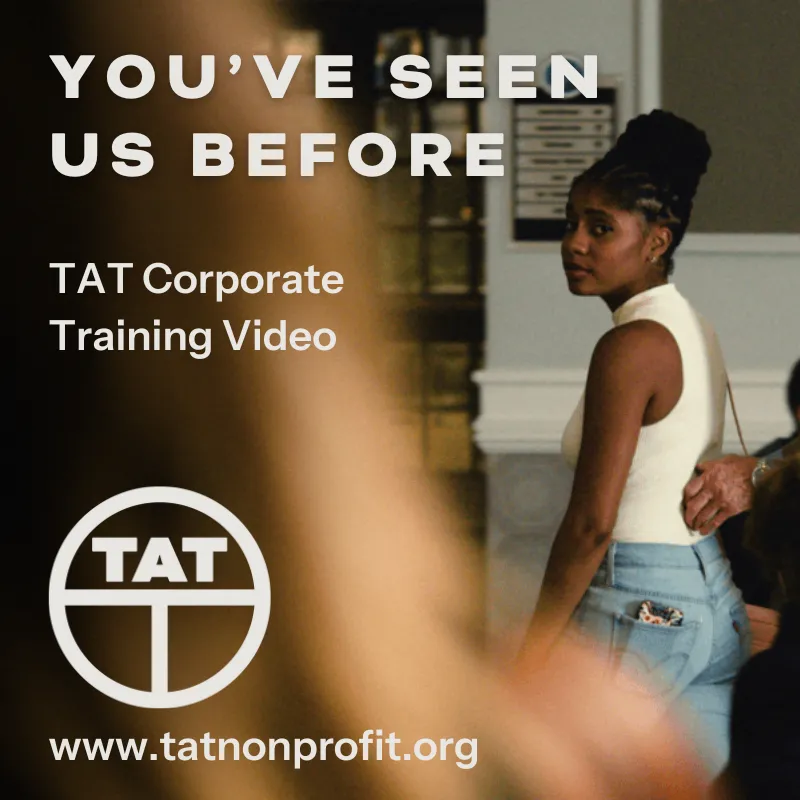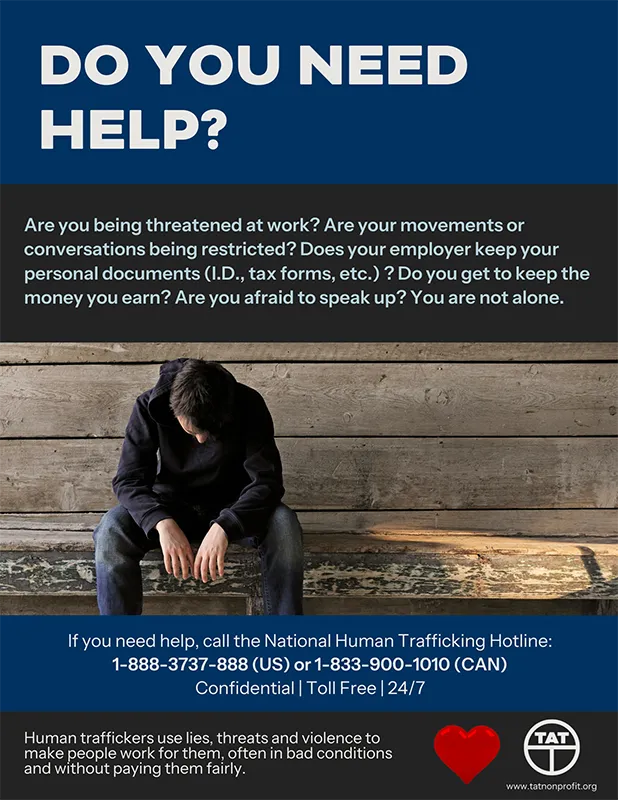Combating
Labor Trafficking
Enhancing awareness to root out modern-day slavery.
There are many ways TAT’s partners in the U.S. and Canada can fight human trafficking — or modern-day slavery — as part of their everyday jobs. Survivors of labor trafficking report interacting with the transportation industry throughout their victimization, including by taking public transit, visiting truck stops or gas stations, riding the school bus, hitchhiking, getting their driver’s license, etc. While companies have legal and ethical obligations to eliminate modern-day slavery from their operations, professional drivers may encounter this crime at transportation hubs, on the road and in homes and businesses. They can help identify victims inside warehouses, restaurants and other locations, where few people see the “back of the house,” and are uniquely positioned to help companies ensure they do not have modern-day slavery occuring in their supply chains.
$236 BILLION
in illicit profits annually
- 27% through labor trafficking ($64 billion)
- 73% through sex trafficking ($172 billion)
Source: International Labor Organization
50 MILLION
victims of modern-day slavery globally
- 27.6 million victims of human trafficking*
- 63% labor trafficking
- 23% in sex trafficking
- 14% in state-imposed forced labor
- 22.4 million in forced marriage
Source: International Labor Organization
* Note: ILO terminology differs from U.S. and Canadian law. Terms based on the most equivalent ILO definition are used here.
Understanding Labor Trafficking: Know the Signs
To effectively prevent and disrupt labor trafficking, understanding the experiences of survivors and the methods employed by perpetrators is critical. Everyone should have basic knowledge about the exploitation spectrum and the similarities and differences between labor exploitation and labor trafficking. It’s also important to be aware of the many ways sex trafficking and labor trafficking overlap, including the vulnerabilities traffickers prey upon.
TAT partners with the transportation and energy industries, as well as law enforcement and government agencies, to ensure their workforces understand the crime of human trafficking and know how to report or investigate it effectively.
Evaluate and mitigate risks.
TAT’s guide to rooting out labor trafficking introduces the trucking, bus and energy industries to frameworks for evaluating risks of labor trafficking and developing plans to prevent, detect and respond to it.

Train your employees.
TAT offers free human trafficking training resources, including videos, wallet cards, an app, sector-specific toolkits and supplemental backgrounders. View the trailer to TAT’s corporate training video.

Display victim-centered information.
TAT consulted with survivors of labor trafficking to create victim-centered posters that are intended to be eye-catching for victims to see and learn about resources to help them.
